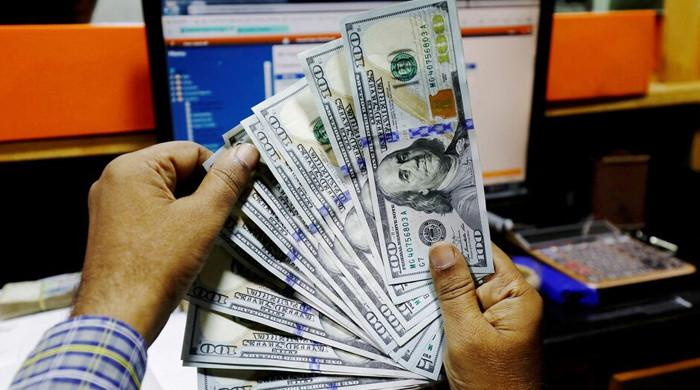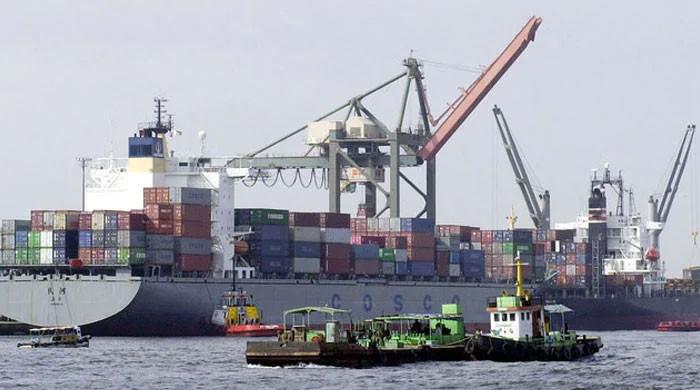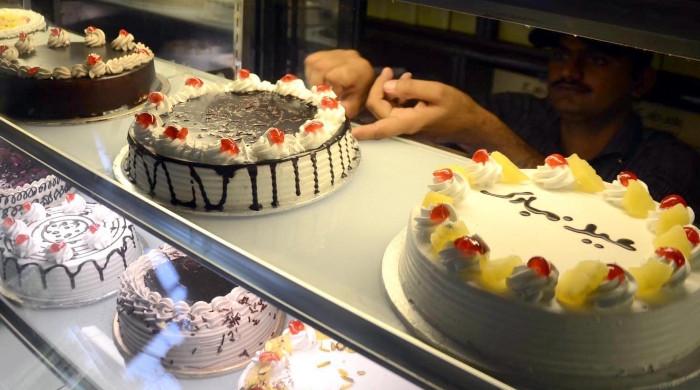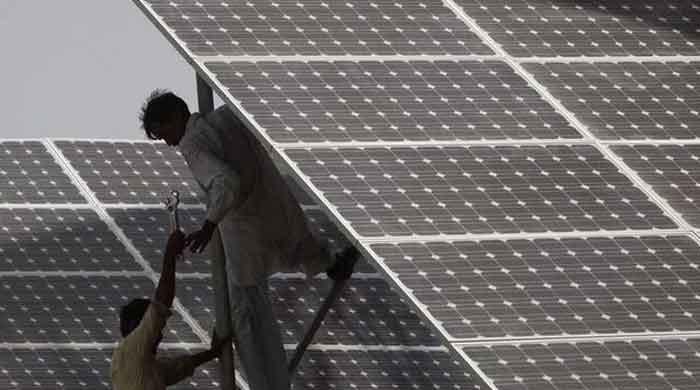Moving towards export orientation
At the time of Independence, there was no industry or manufacturing infrastructure in the territory which came under Pakistan. However, soon after it was created, Pakistan realised the...
September 13, 2017
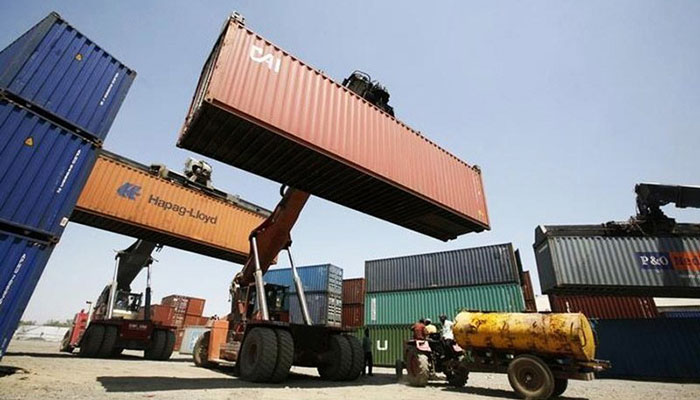
At the time of Independence, there was no industry or manufacturing infrastructure in the territory which came under Pakistan. However, soon after it was created, Pakistan realised the importance of setting up industrial and manufacturing units. This was undertaken in diversified sectors.
The diversification of industrial production resulted in the radical transformation of Pakistan’s exports and freed the country to a great extent from declining and unstable foreign exchange earnings. Although the share of manufactures in its national output is not as large as what it is in many other developing countries, the export orientation of Pakistan’s industrial production has been beneficial.
During the early 1950s, the export of manufactures stood at merely Rs6 million. With the development of infrastructure and industry, the export of manufactures increased to Rs1.7 billion in the 1970s, which accounts for about 50 percent of the overall exports. In the 1990s, the export of manufactures further increased to Rs133 billion. This represented about 65 percent of the overall exports.
Over the last decade, the export of manufactures has been rising at a rate of about 13 percent from Rs583 billion to Rs1.7 trillion. As a percentage of overall exports, the export of manufactures represents over 70 percent of the overall exports.
Raw cotton, raw hides, skins and raw wool are old raw products of Pakistan’s export trade that are now being increasingly exported after domestic processing in the form of cotton, yarn, textile, garments, leather and leather goods and woollen manufactures. Efforts to curtail the exports of these raw materials because of the diversification of the production structure were fairly rapid. Steps were taken to set up the production of these raw materials with a view to retain their established export markets. This was an easy task, especially in light of the comparatively inelastic production structure of the country’s agricultural sector.
In the absence of any manufacturing facilities, Pakistan started with exporting raw cotton in order to acquire foreign exchange and substitute the same with cotton and textile products. In the process, the manufacturing facilities were developed to help process cotton to cotton fabric, textile yarn, textile fabric and other articles that are made of textile.
In overall terms, the percentage of raw cotton that is exported as a ratio of the overall export of cotton and textile products has been drastically reduced. For instance, the percentage of raw cotton exported in the 1950s was around 40 percent. This figure was reduced to 30 percent in the 1970s and plummeted further to eight percent in the 1990s. During the last decade, this hovered at only two percent and sometimes went as low as 0.7 percent.
The export of cotton and textile products, which was around Rs100 million in the 1950s, has increased to Rs150 billion in 1990s. Further growth was witnessed during the last decade where export proceeds increased from Rs494 billion to Rs1.2 trillion at an average rate of increase of 11 percent. The proceeds from cotton and textile products now comprised more than 50 percent of the total export proceeds.
This is a positive indicator and suggests that Pakistan is now in a position to export manufactured products rather than raw cotton. This has been facilitated by government policies and tariff control in the form of export duties on raw and processed cotton. However, much more needs to be done to promote the value-added chain of exportable goods. Bangladesh has already surpassed Pakistan in textile exports even though it does not produce cotton.
A similar trend was observed in the case of raw hides and skins. Initially, raw hides and skins were being exported. Later, as the tannery developed, there was a trend to export more leather than raw hide and skin. When factories were equipped to produce leather products – which include garment, bags and footwear – observers realised that the export market was quite receptive to them.
In terms of value, export proceeds from raw hide and skin were around Rs33 million in the 1950s. This was reduced to Rs19 million in the 1970s and then further dampened to Rs1 million in the 1990s. The export proceeds during the last decade increased from Rs10 million to Rs15 million. However, this increase is primarily an outcome of the rupee devaluation and an increase in the price of hides and skins.
The relative weight of export has been reduced significantly. It was about 1.65 percent in the 1950s, 0.6 percent in the 1970s and then hovered less than 0.01 percent from 1990 onwards. This was substituted by leather and leather products where exports increased from Rs4 million during the 1950s to Rs9 billion in the 1990s. Over the last decade, it has increased at an average rate of around 11 percent. This once again shows that the focus on industrialisation and the export of finished product is increasing.
Foreign trade is an excellent barometer to analyse the economic development of any country. The same is true for Pakistan. The composition of import and export has been varying because of the changes in the global economic situation. In the earlier days, Pakistan was primarily importing manufactured goods and exporting raw material. The percentage changed significantly in the subsequent years with the establishment of the industrial sector.
The primary imports of manufactured goods, which amounted to around 20 percent in the early 1950s, were reduced to around 10 percent during the last two decades. The main items that contributed to the reduction were textile goods, manufactured metals, machinery and transport equipment.
Pakistan has been awarded the GSP Plus status by the European Union. This allowed the EU countries to import a specific classification of goods from Pakistan at zero-tariff from January 2014.
Before this, these countries were paying import duties worth six percent to seven percent for goods exported from Pakistan. The GSP Plus status offers an opportunity for Pakistan to increase its exports to the EU and establish its presence.
In order to have sustainable economic growth and adequate foreign exchange, Pakistan needs to eradicate the trade deficit and ensure that the balance of trade becomes favourable for it. This means that we should focus on value addition by promoting the exports of manufacturers rather than exporting raw materials. This requires a series of initiatives to be taken. These include the alignment of the production structure to encourage the establishment of heavy, basic and engineering industries for value-added exports. The policy of self-reliance should be followed by reducing debts. An export-oriented economy ought to be developed by enhancing the quality and quantity of production by using the latest technology.
And above all, an enabling environment must be created by the government to promote exports by reducing the cost of doing business, improving the investment-to-GDP ratio by enhancing tax credits and reducing the tax burden on the already taxed, including the timely payment of the exporters’ refunds.
The writer is the chairman of the Atlas group of companies.
Email: [email protected]
This article was originally published in The News
Originally published in The News






